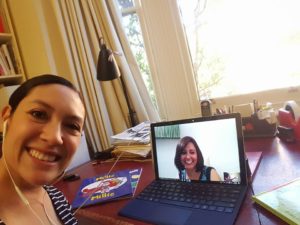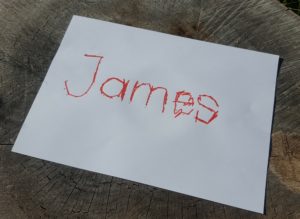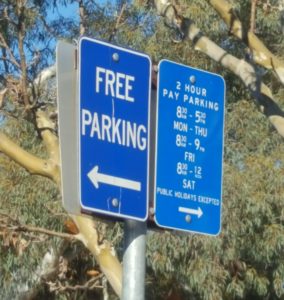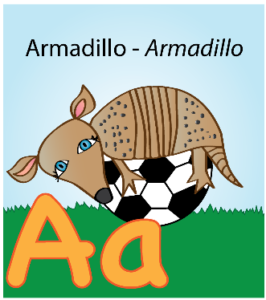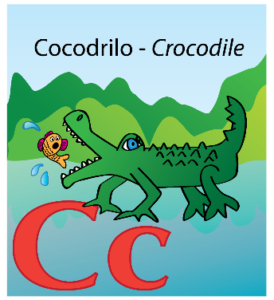El 26 de enero se celebra el Día de Australia, así que pensé que sería buena idea compartirte los 6 autores australianos que a todo niño le encantaría leer. Si estás educando bilingüe y estás hablando en inglés a tu peque, son una excelente opción para leer juntos. La mayoría de estos libros tienen ritmo y rimas que son aptos para una lectura en voz alta muy entretenida. Los links en esta entrada de blog dan a las versiones bilingües de estos libros si están disponibles, si no es así, el link da a la versión en inglés.
- Mem Fox.
Mem Fox seguramente es la autora infantil más icónica de Australia. Ha escrito más de 40 libros para niños. Su libro “Possum Magic”, el cual fue publicado en 1983, sigue vendiéndose y es un clásico que todo niño australiano lee. Otro de sus libros, “Ten Little Fingers and Ten Little Toes” fue el regalo oficial de parte del gobierno de Australia al Príncipe George en el 2013. Otros libros de Mem Fox que están en nuestra biblioteca de casa son: “Where Is the Green Sheep?” y “I’m Australian Too“.
- Nick Bland.
Nick Bland es un autor e ilustrador que vive en Darwin, Australia. Es el creador de la serie de libros de “The Very Cranky Bear”, “The Very Itchy Bear”, “The Very Hungry Bear”, “The Very Brave Bear” y “The Very Noisy Bear” que le encantarán a tu toddler por su ritmo y su rima. Vale la pena tener toda la colección para disfrutar las aventuras del oso enojón junto con tu peque en inglés y la puedes conseguir aquí.
- Jackie French.
Jackie French es una autora multifacética ya que no solamente ha escrito libros para niños pequeños, también escribe para adultos en diferentes géneros y es apasionada de la ecología y de los wombats. Jackie French cree que todos los niños tienen derecho a aprender a leer, no solamente los libros que necesitan, sino libros que los entretengan y que abran su mente. Su serie para niños más famosa es “Diary of a Wombat”.
- Aaron Blabey.
Aaron Blabey ha escrito más de 20 libros para niños y ha creado dos series súper exitosas: “Pig the Pug” y “The Bad Guys”, ésta última para niños de 7 años en adelante. Reconocerás sus ilustraciones por los ojos grandes de sus personajes. En casa nos gusta mucho “Thelma the Unicorn” con eso de que los unicornios están de moda. 🙂
- Hazel Edwards.
Hazel Edwards escribió “There’s a Hippopotamus on Our Roof Eating Cake” en 1980. Desde entonces este libro se reimprime cada año y se ha convertido en un clásico en la literatura infantil australiana. Tanto así que este libro ha inspirado una serie de seis libros más con este simpático hipopótamo y hasta una obra de teatro. Hazel Edwards también escribe para adolescentes y adultos. Aquí te dejo el video de Hazel Edwards leyendo en voz alta este magnífico libro.
- Rachel Flynn.
Cuando viviamos en Canberra, la biblioteca nos quedaba a 5 minutos manejando. Un día, entre los libros que sacamos, trajimos un libro que se llama “Gus Dog Goes to Work”. A mi hija le encantó ese libro y lo leímos una y otra vez. Es un libro muy australiano sobre un perro ovejero que busca a su dueño por todo el pueblo cuando no ve su camioneta. Cual va siendo mi sorpresa que en el curso que tomé hace un par de meses sobre escribir libros para niños, ¡Rachel Flynn estaba dando el curso! Rachel también tiene una serie de libros súper bonitos: “My Mummy and Me”, “My Daddy And Me”, “My Sister And Me
” y “My Grandpa and Me”.
Espero que te haya gustado esta lista y que hayas encontrado algún libro (o más) que quieras leer con tu peque muy pronto.
*Este sitio contiene links afiliados. Esto quiere decir que yo recibo una pequeña comisión si compras alguno de estos libros. Esto no tiene ningún costo adicional para ti.







